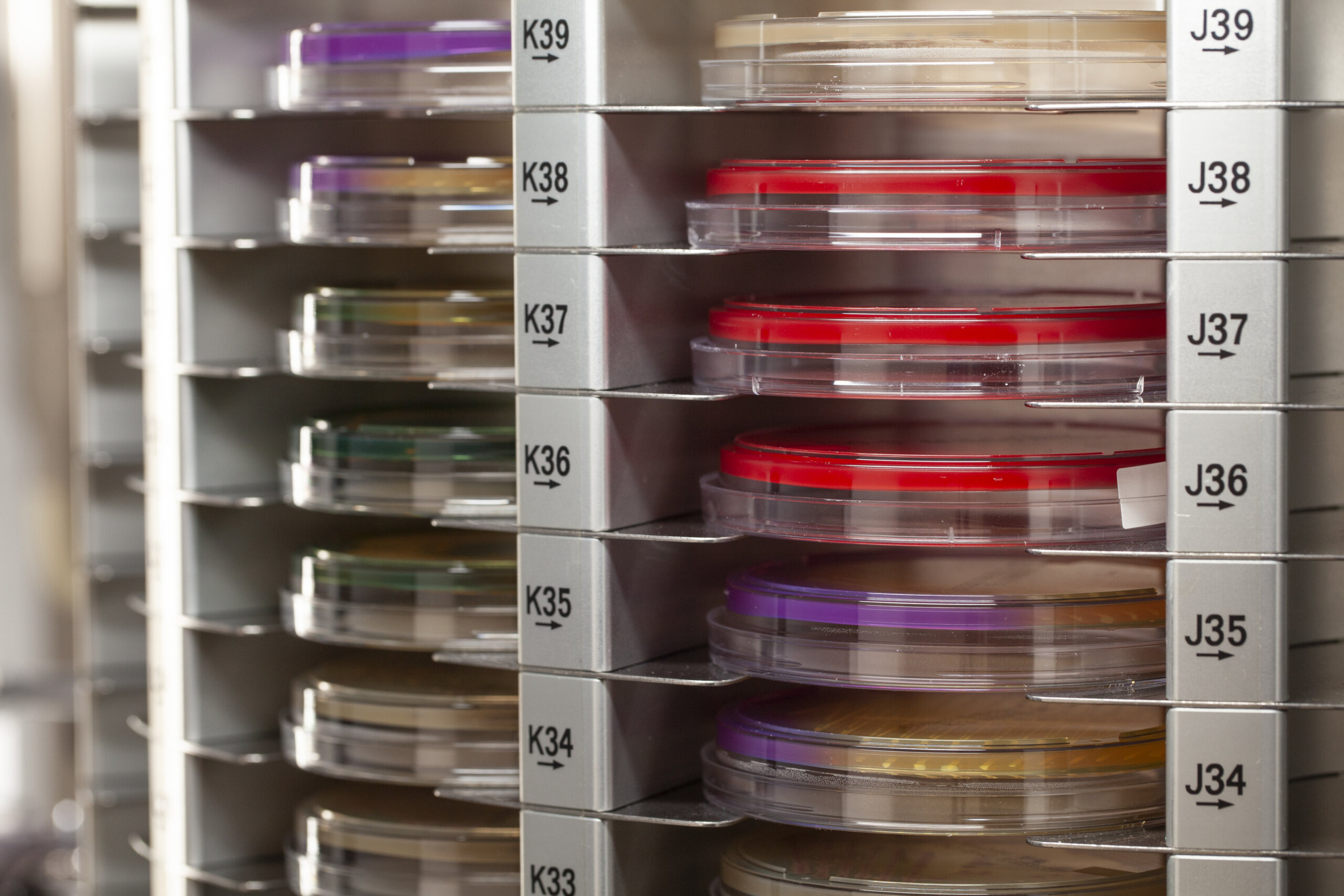WASPLab® FAQ
The WASPLab® FAQ is an extensive resource that offers in-depth information about Copan's cutting-edge automated digital microbiology platform, addressing essential aspects such as system features, benefits, technical details, workflow optimization, artificial intelligence integration, customization options, and return on investment.
Contents
- What is WASPLab®?
- What are the key features of WASPLab®?
- How can WASPLab® enhance laboratory productivity?
- Can WASPLab® help with the challenge of staffing shortages?
- What is the impact of WASPLab® on labor costs?
- What are WASPLab®'s incubation capabilities?
- How does WASPLab® capture digital images of culture plates?
- What is the screening and reading workflow with WASPLab®?
- What AI capabilities does WASPLab® offer?
- Can WASPLab® integrate with my laboratory's information system (LIS)?
- What other instruments can WASPLab® connect with?
- Can WASPLab® be customized for individual laboratory needs?
- Are there studies to support efficiency gains with WASPLab®?
- How does WASPLab® compare to other automated microbiology systems?
- References and Disclaimers
- Do You Have Other Questions about WASPLab® FAQ?
What is WASPLab®?
WASPLab® is a highly efficient, modular, scalable, and customizable agar plate incubation, imaging, and Digital Microbiology platform for Clinical Microbiology. This system integrates automated specimen planting and streaking, smart incubators, and digital culture imaging, and can be integrated with PhenoMATRIX® Artificial Intelligence software to fully automate the microbiology workflow from specimen processing, to result sorting and interpretation.
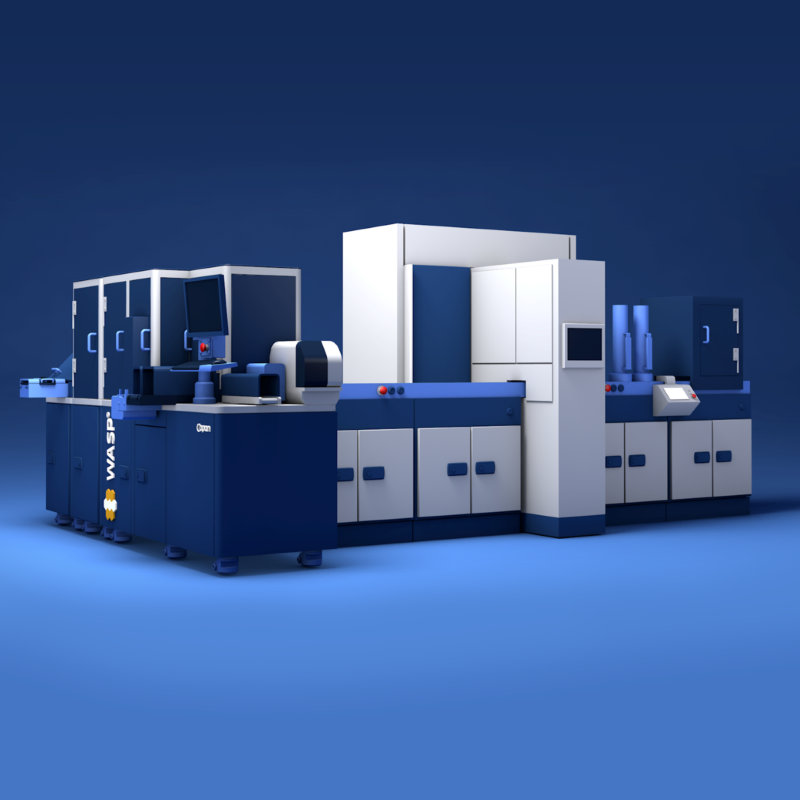
What are the key features of WASPLab®?
WASPLab® features include:
- Streamlined specimen processing, incubation, imaging, and culture analysis
- Smart incubation that optimizes incubation conditions for faster results.
- High-resolution digital imaging for detailed analysis.
- Modular design that allows the system to adapt to various laboratory sizes, specimen volumes, and workflows.
- Part of a comprehensive solution from automated specimen preparation through interpretation.
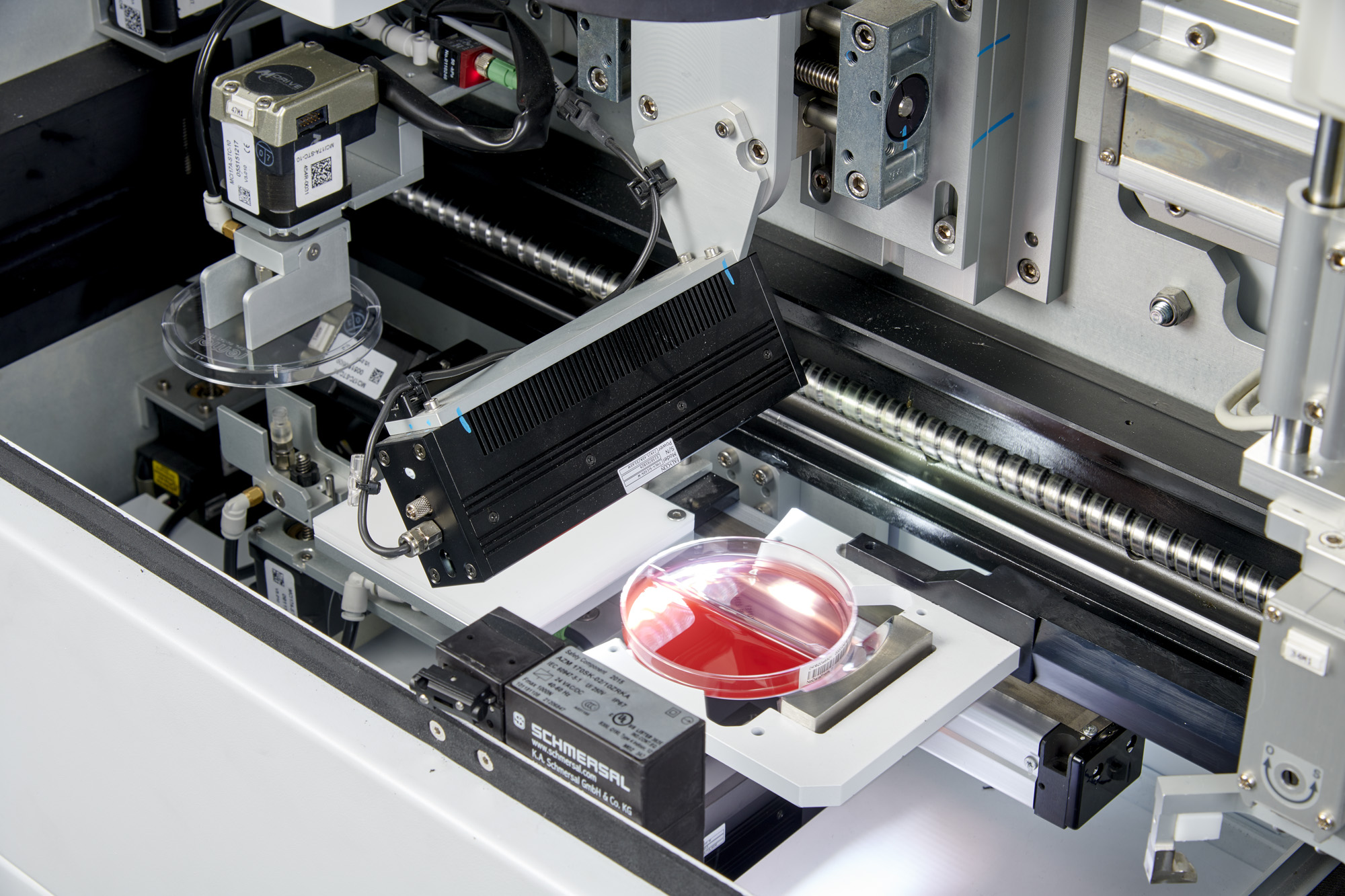
How can WASPLab® enhance laboratory productivity?
WASPLab® streamlines specimen processing, plate handling, sorting, screening, and image management for faster review and workflow progression. It automates and standardizes laboratory practices. The system can load/unload up to 180 plates per hour per incubator and requires less hands-on time throughout the process.
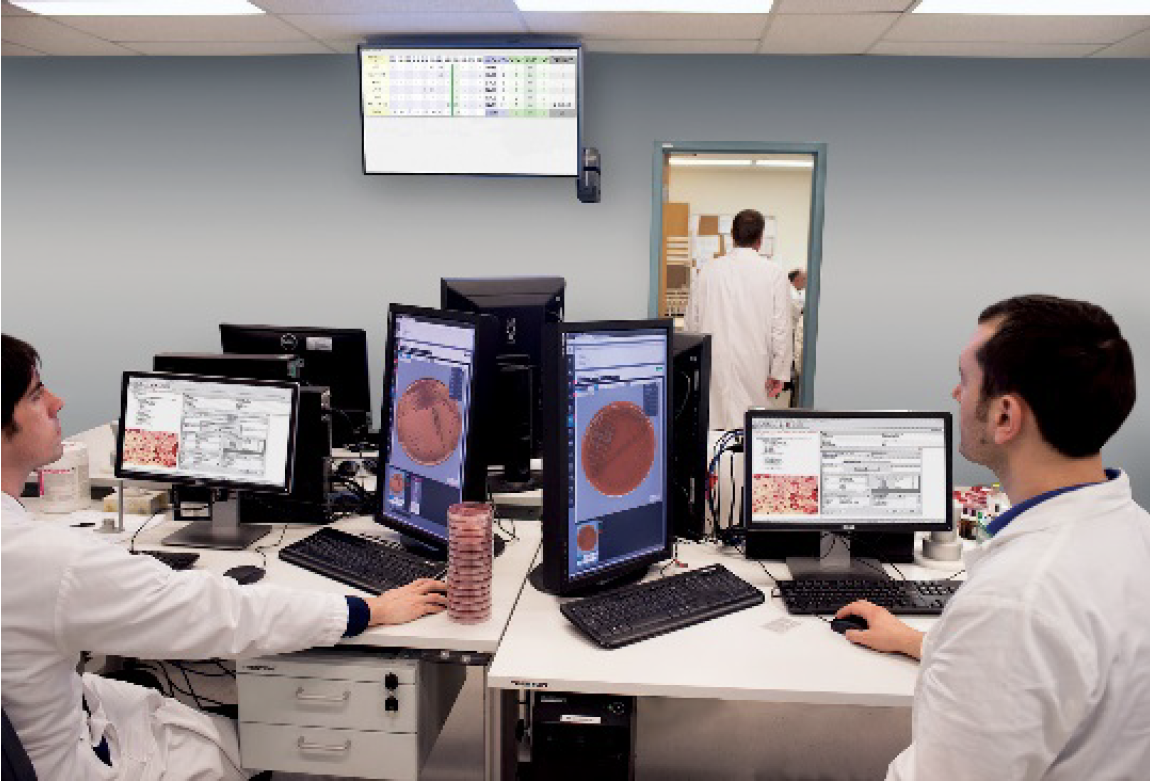
Can WASPLab® help with the challenge of staffing shortages?
Yes, the significant productivity and efficiency gains possible with WASPLab® automation allow laboratories to increase output and quality with fewer resources and personnel. This is especially valuable as laboratories face challenges from staffing shortages and increased testing demands.
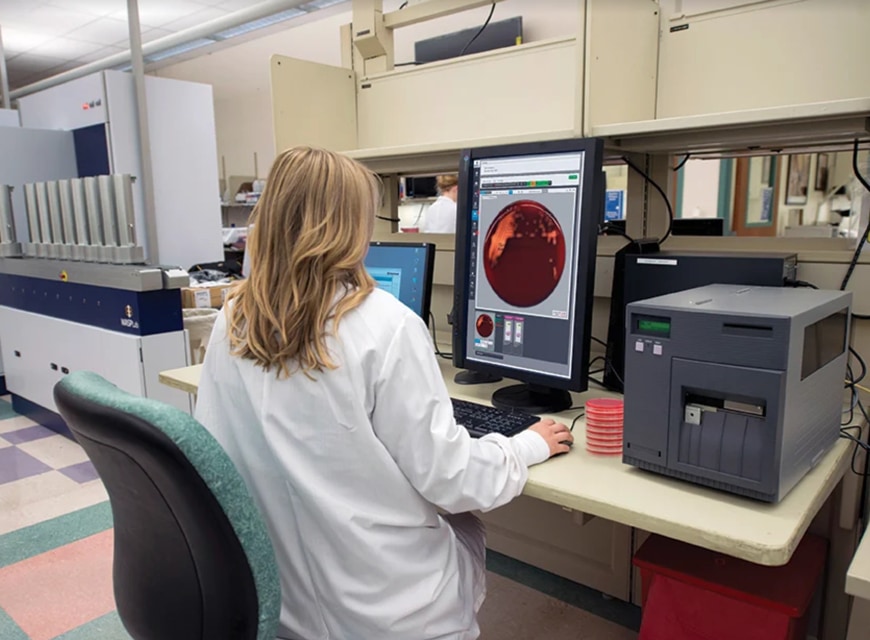
What is the impact of WASPLab® on labor costs?
This system automates the time-consuming aspects of microbiology testing, allowing staff to focus on more complex tasks, thereby optimizing labor utilization. A recent multicenter study published in the Journal of Clinical Microbiology found that implementing Full Laboratory Automation in a Microbiology Laboratory can lead to significant improvements in productivity, specimen volume handling, and total labor savings.
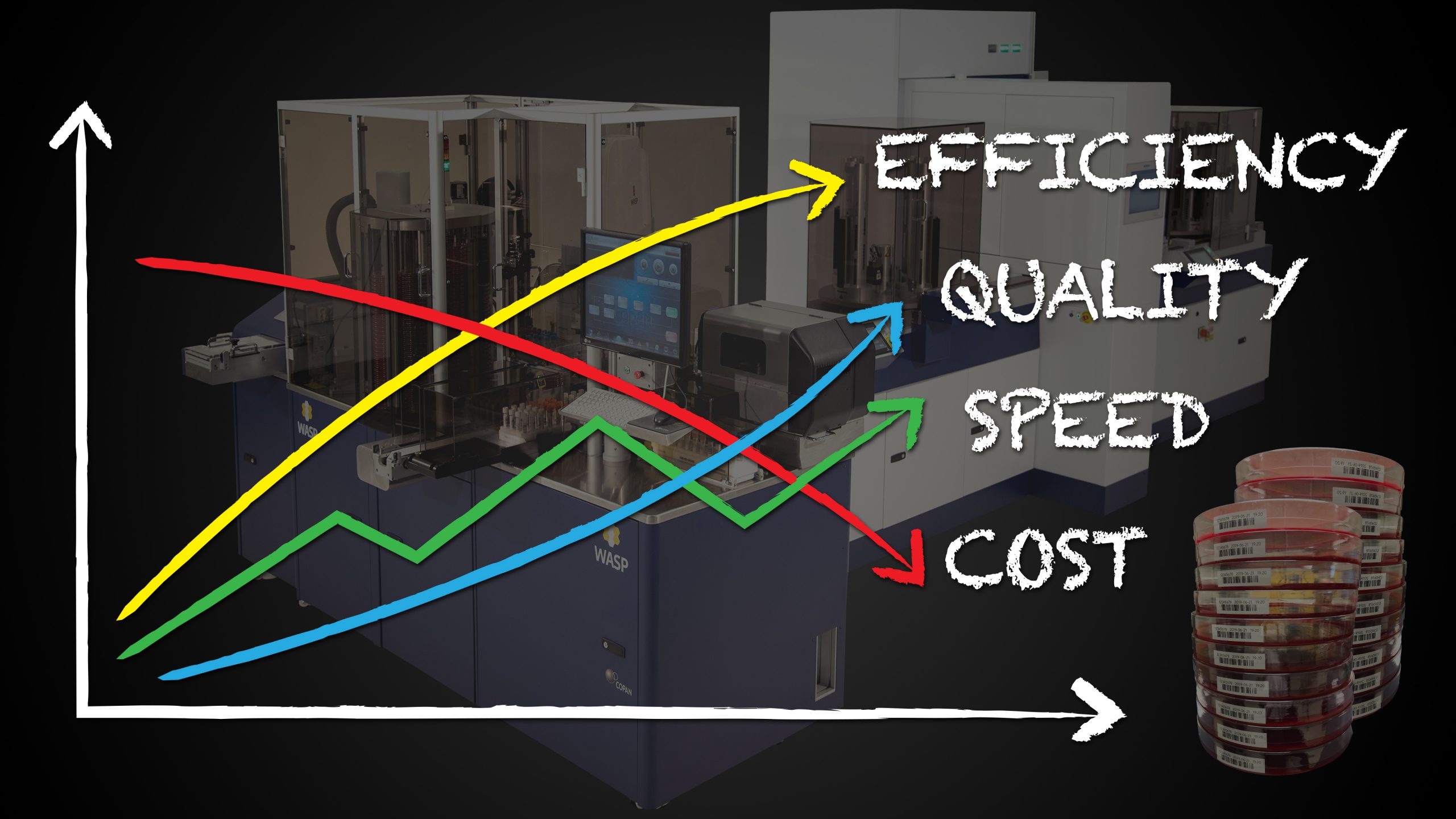
What are WASPLab®'s incubation capabilities?
WASPLab® features high-capacity smart incubators with dual robots that retrieve plates and enable uninterrupted incubation for more rapid bacterial growth and improved turnaround time (TAT). Two incubator sizes are available to adapt to different specimen volumes and workflows.
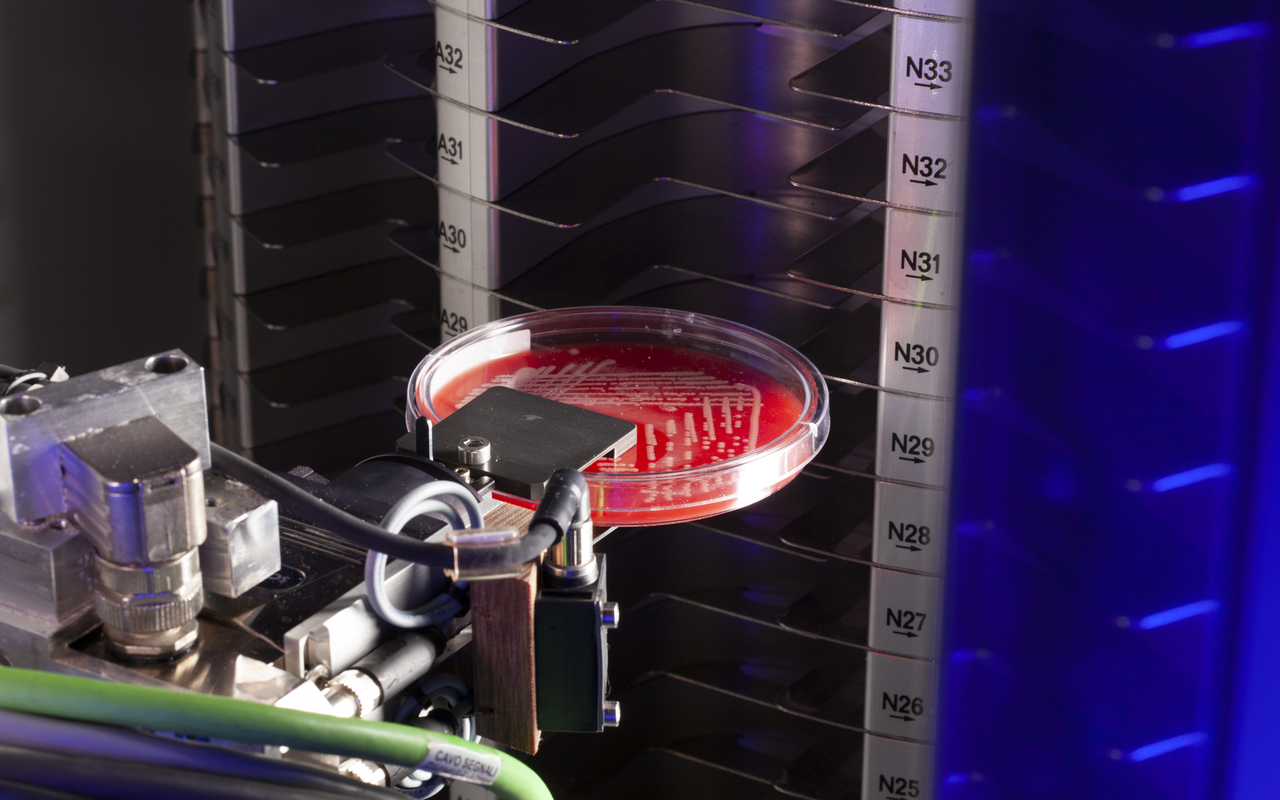
How does WASPLab® capture digital images of culture plates?
WASPLab® uses an industry-leading 48 megapixel imaging system with telecentric optics and 9mm depth of field to capture high resolution images of each plate, including tiny colony details. Over 1,000 lighting combinations ensure optimal image capture. This allows our software to assist in the interpretation of culture results
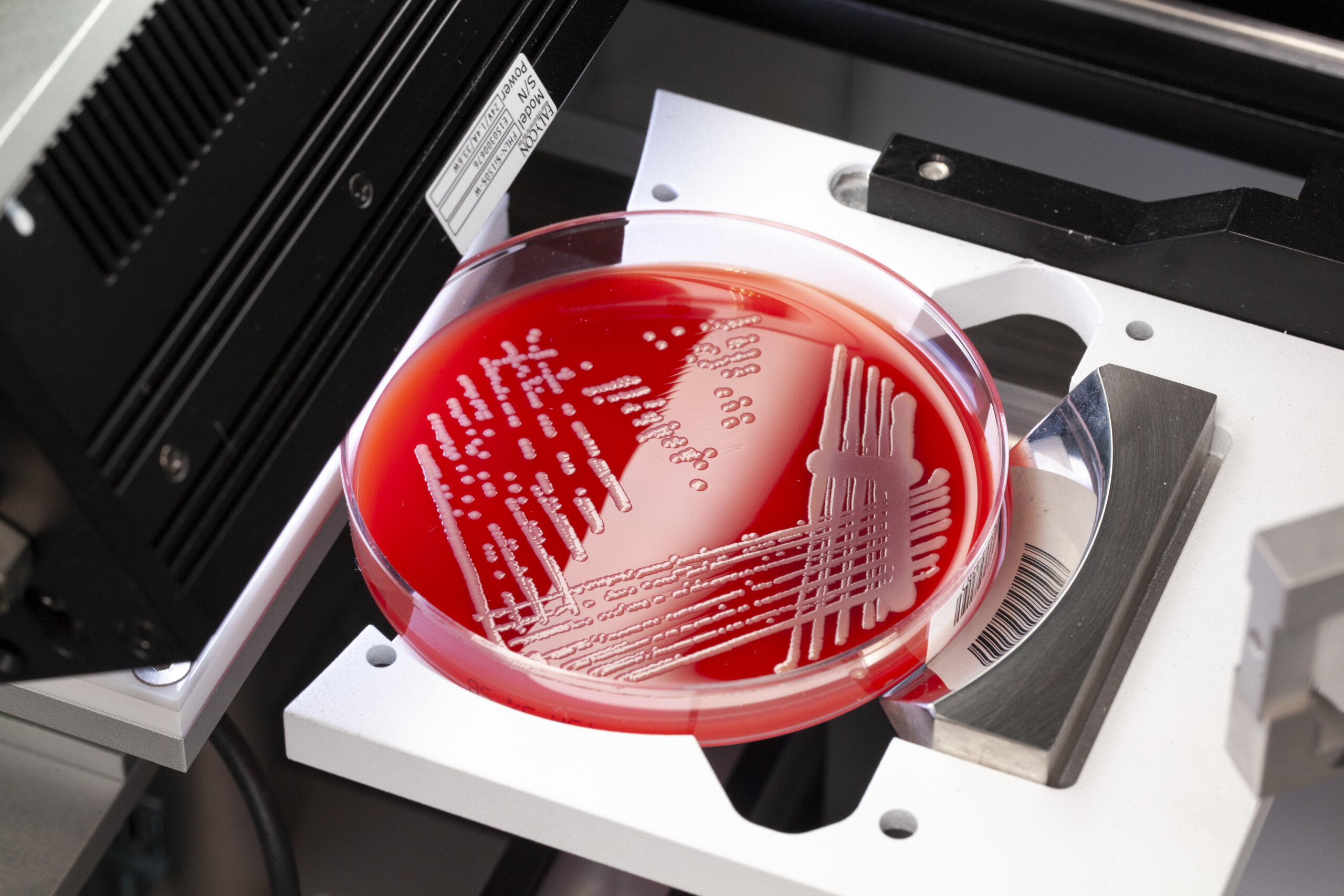
What is the screening and reading workflow with WASPLab®?
The WASPLab® Software presents pre-sorted plate images for initial screening, grouped by specimen. Selected plates move to the Reading stage for closer examination and workup decisions. Technologists can review, interpret, and report results or mark plates for further steps, all from a WASPLab® workstation.
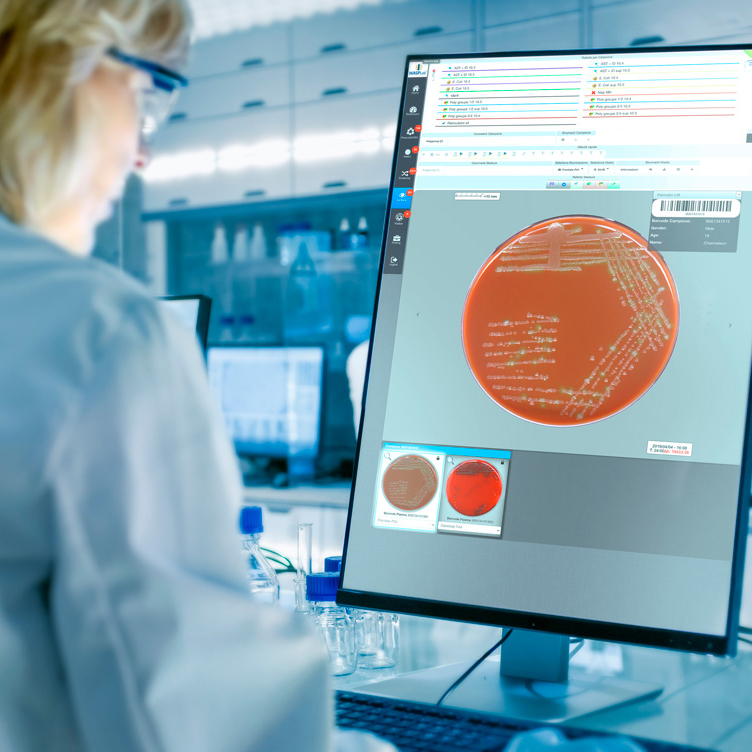
What AI capabilities does WASPLab® offer?
WASPLab® integrates with Copan’s PhenoMATRIX® AI software, which includes algorithms for automated culture interpretation, sorting, resulting and colony selection based on laboratory-defined rules.
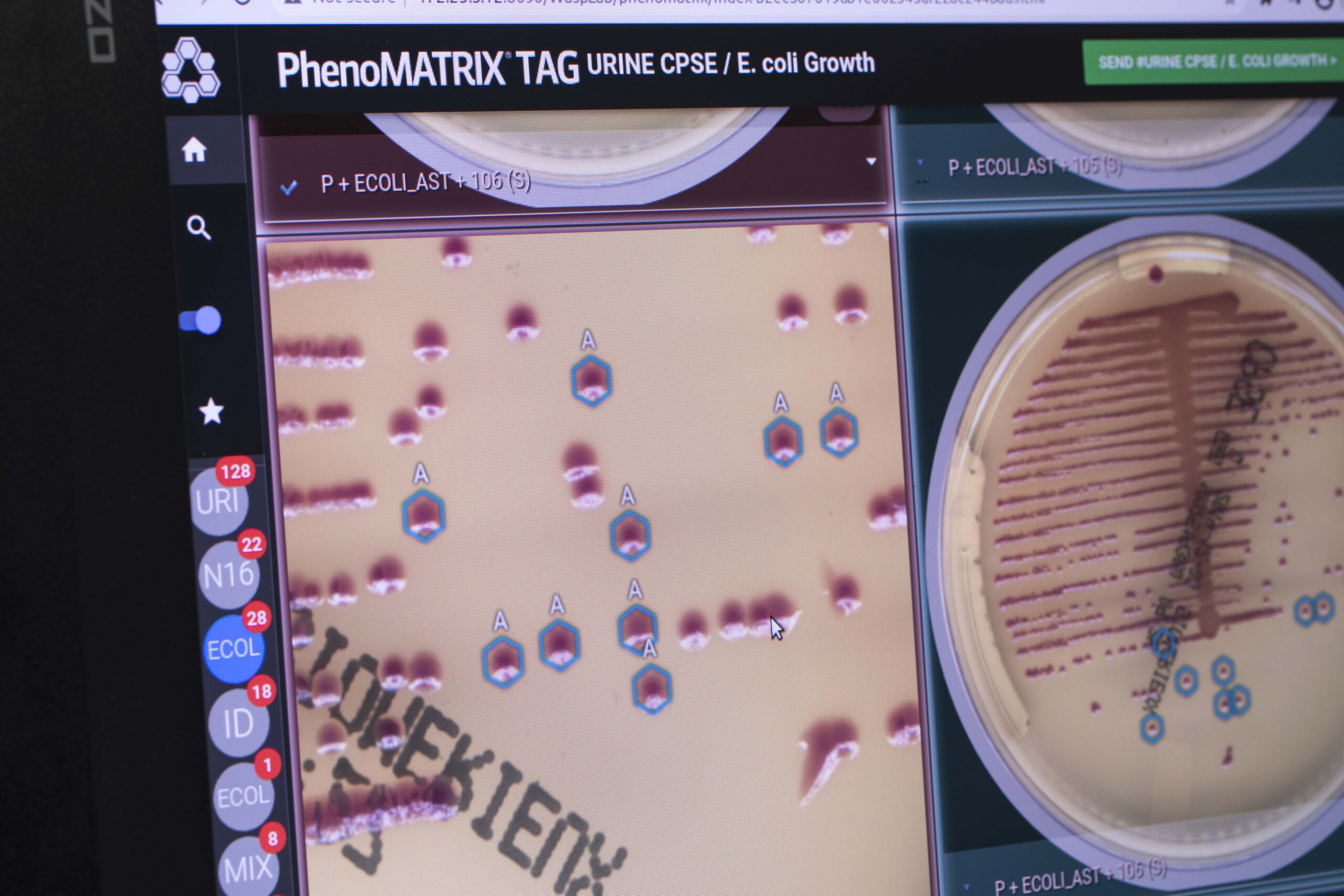
Can WASPLab® integrate with my laboratory's information system (LIS)?
Yes, WASPLab® can interface with most common LIS platforms to enable data exchange, including patient demographics, specimen details, and test results*. The WASPLab® Software also provides a centralized digital workspace for managing and reporting on cultures.
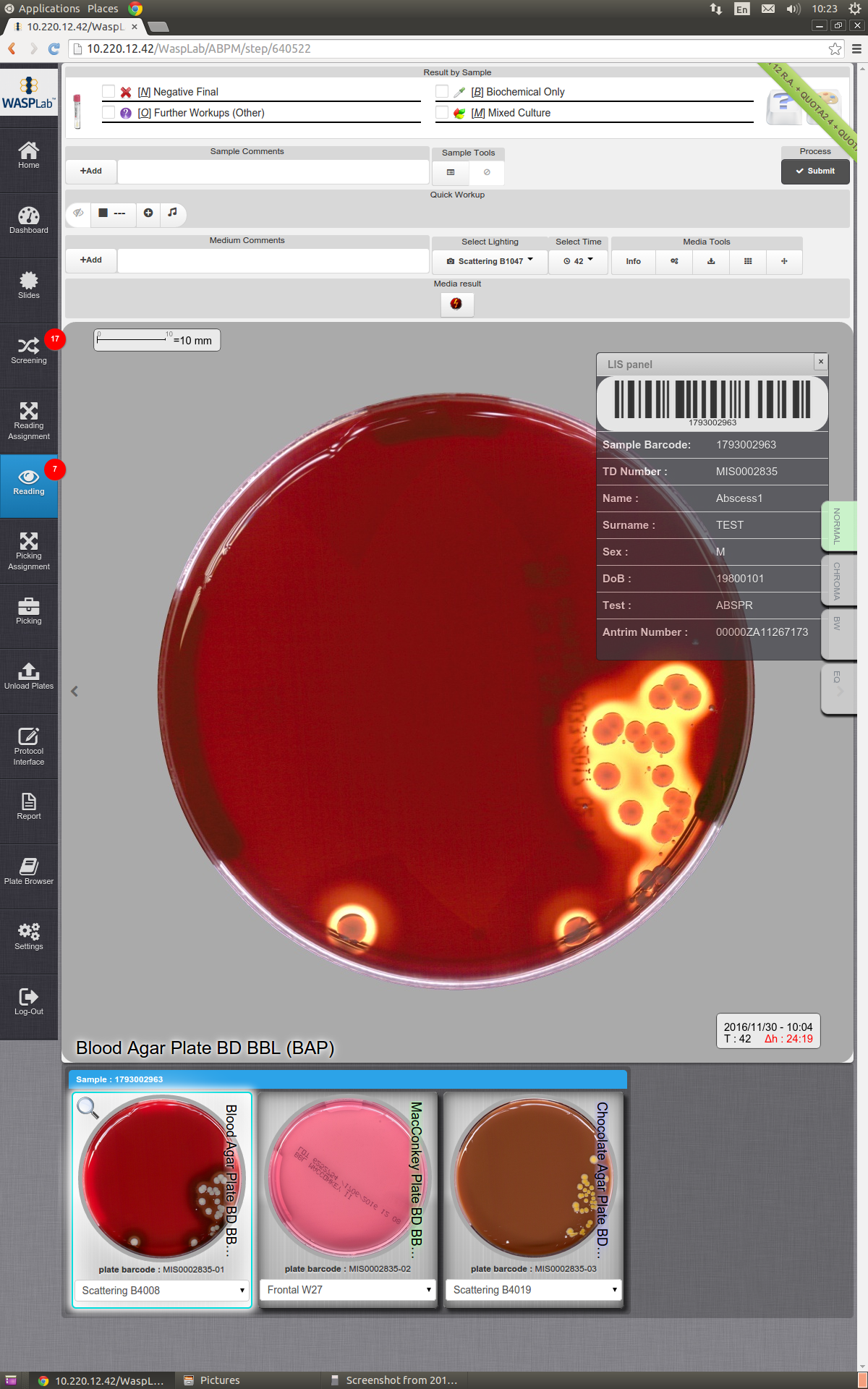
What other instruments can WASPLab® connect with?
WASPLab® is part of Copan’s suite of Full Laboratory Automation. It can link directly with WASP® for front-end specimen processing, as well as Radian® for automated AST plate set-up and reading. The Colibrí™ instrument enables automated colony picking for ID and AST.

Can WASPLab® be customized for individual laboratory needs?
Yes, the modular design of WASPLab® offers multiple configurations to adapt to each laboratory’s unique space, workflow, and testing requirements. Laboratories can select the features, add-on capabilities, and the PhenoMATRIX® AI algorithm suite that provides the most value for their needs, with the flexibility to expand the system over time as the laboratory grows and evolves.
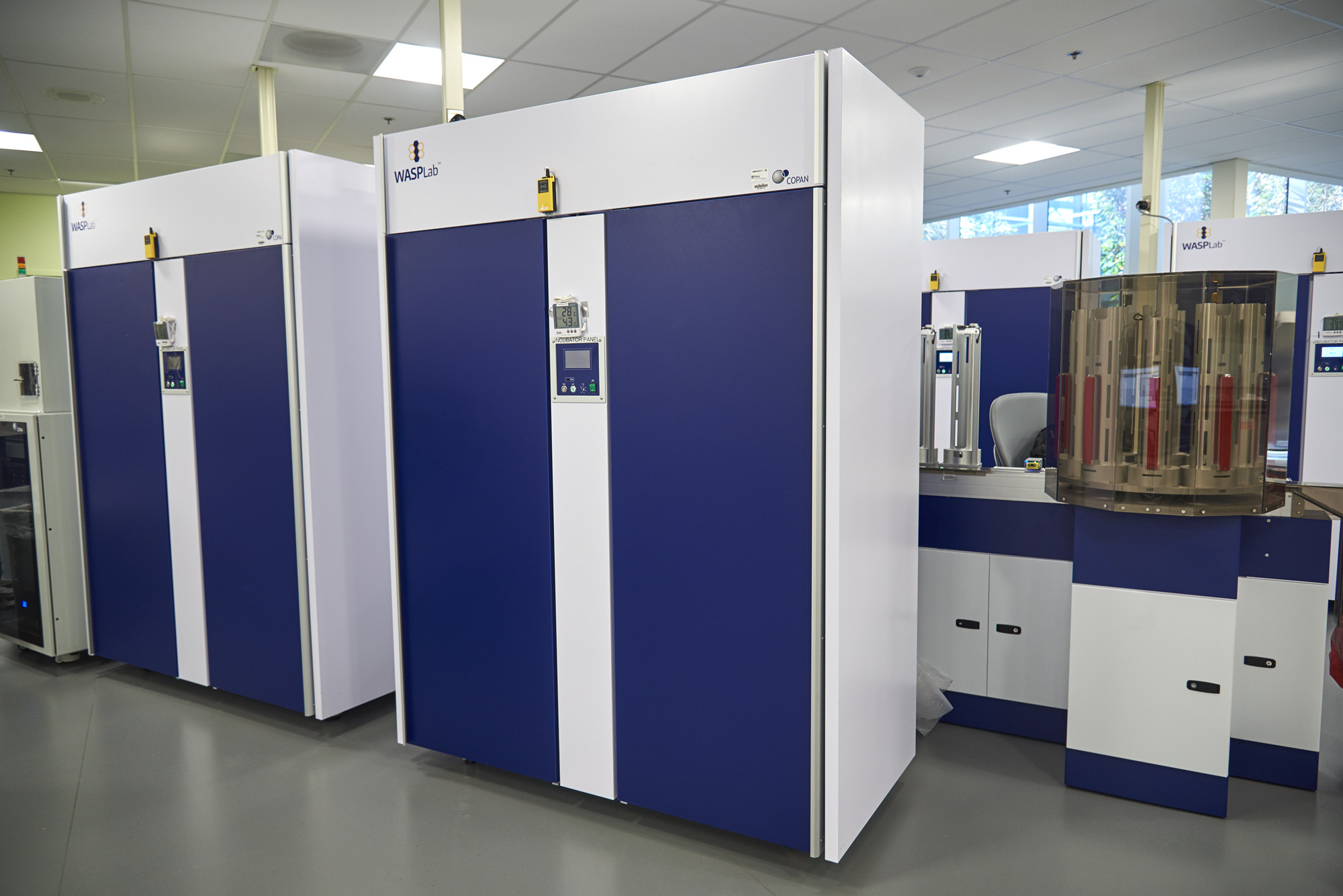
Are there studies to support efficiency gains with WASPLab®?
A recent multicenter study published in the Journal of Clinical Microbiology found that converting from manual to fully automated with WASPLab® resulted in an 18-93% increase in productivity, 24-64% increase in specimen volume, and $268,000-$1.2 million in annual labor savings across four different laboratories*.
To obtain an individualized estimation of the potential efficiency gains for your laboratory, it is recommended to contact Copan for a full assessment conducted by a trained Laboratory Workflow Optimization Specialist, who can take into account your laboratory’s unique characteristics and requirements.
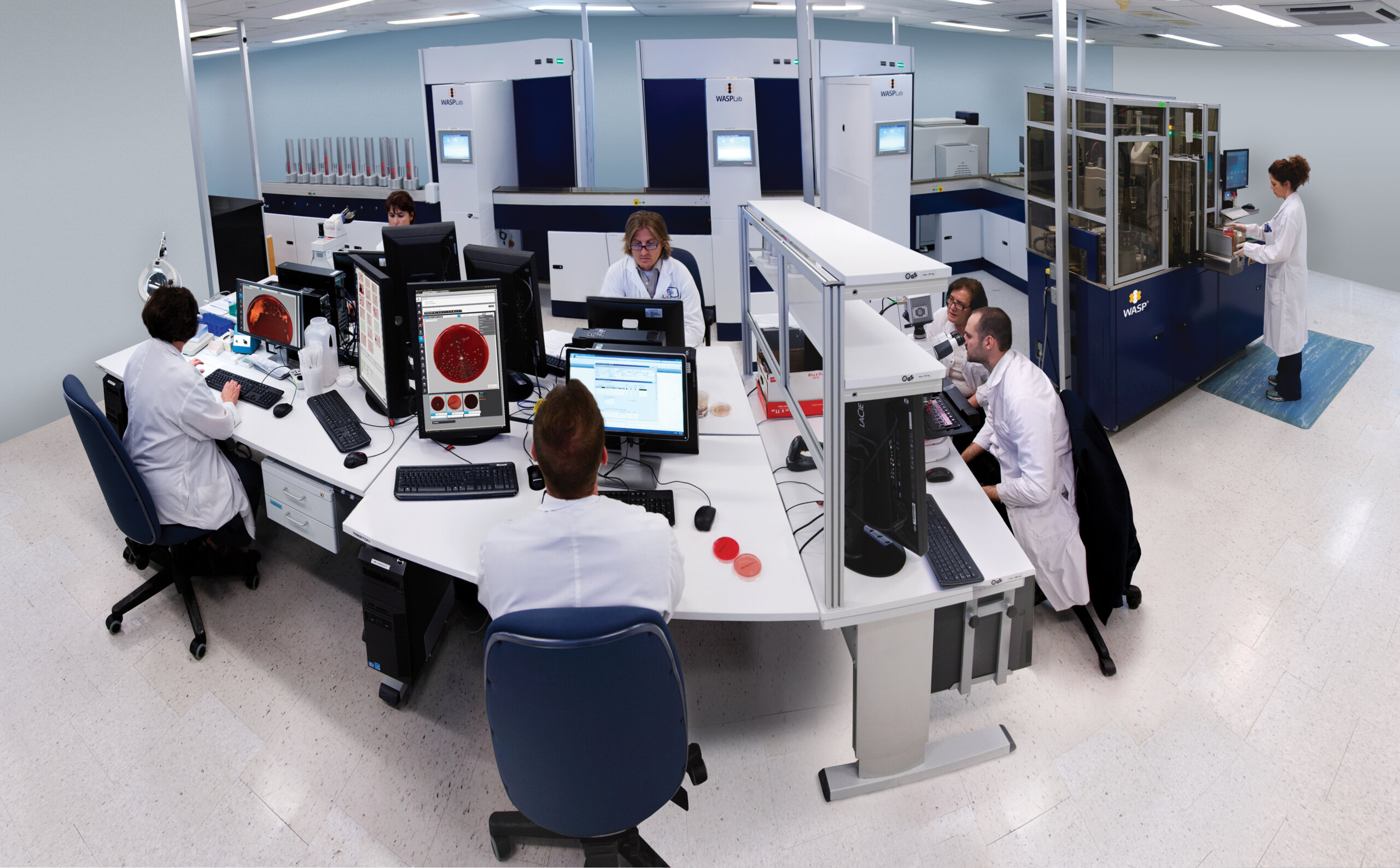
How does WASPLab® compare to other automated microbiology systems?
WASPLab® stands out for its high degree of customization, modularity, and scalability. The system can be tailored to each laboratory’s unique space and needs and can grow and evolve with the laboratory over time. WASPLab®’s advanced imaging capabilities, AI algorithms, and integration with a comprehensive Full Laboratory Automation (FLA) solution also set it apart.
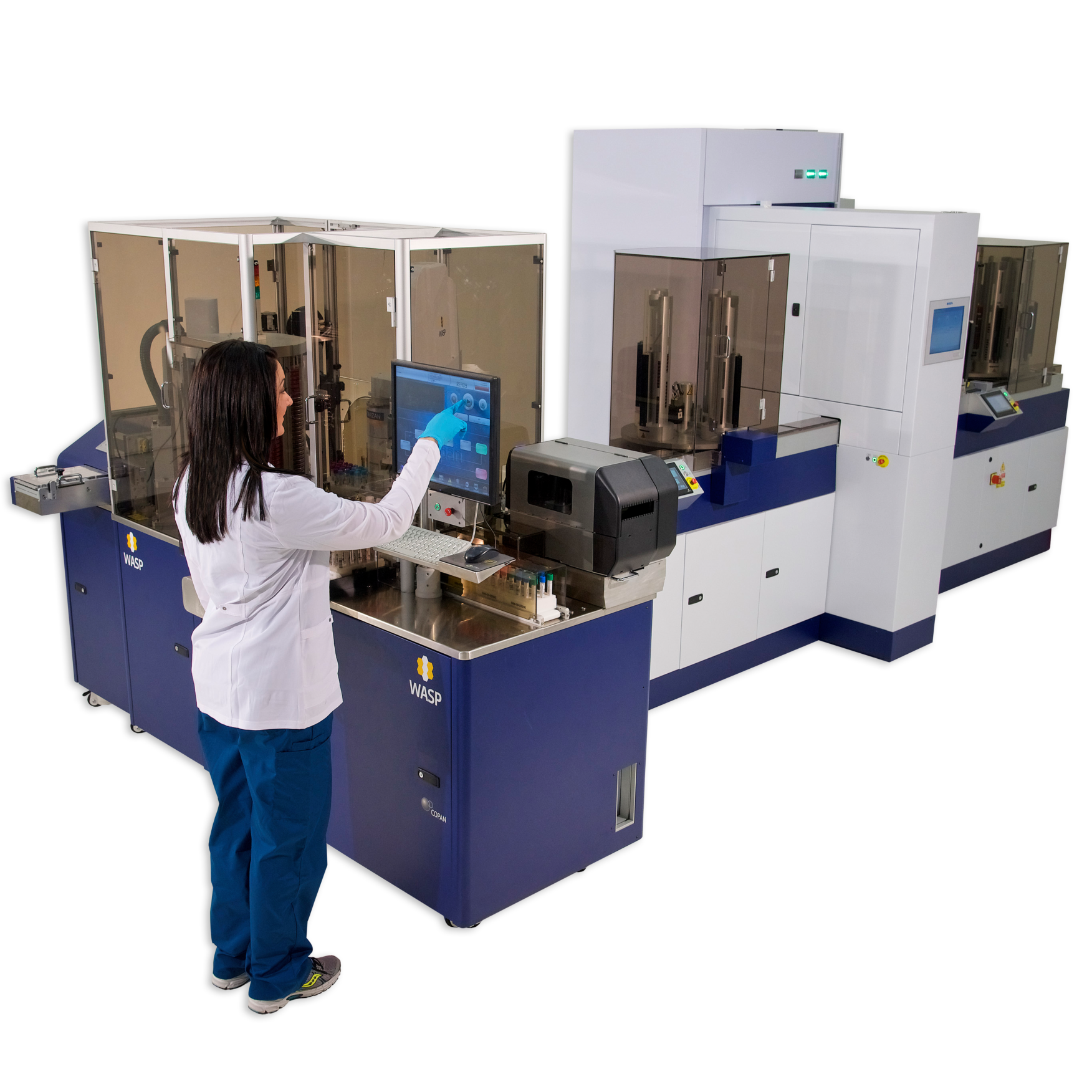
References and Disclaimers
*The level of integration between WASPLab® and a laboratory’s information system (LIS) can vary depending on the specific LIS platform and the laboratory’s IT infrastructure. Some customization or middleware may be required to achieve full integration and data exchange. The extent of data exchange, such as patient demographics, specimen details, and test results, may also differ based on the LIS capabilities and the laboratory’s preferences. It is recommended to consult with Copan representatives to discuss the specific integration requirements and possibilities for your laboratory.
** The efficiency gains reported in the multicenter study are based on the specific laboratories included in the research and may not be representative of all laboratories. Individual results may vary depending on factors such as the laboratory’s initial setup, imaging protocols, workflow, and the specific combination of WASPLab® components and integrations implemented. To obtain an accurate individualized estimation of the potential efficiency gains for your laboratory, it is recommended to contact COPAN for a full assessment conducted by a trained Laboratory Workflow Optimization Specialist, who can take into account your laboratory’s unique characteristics and requirements.
